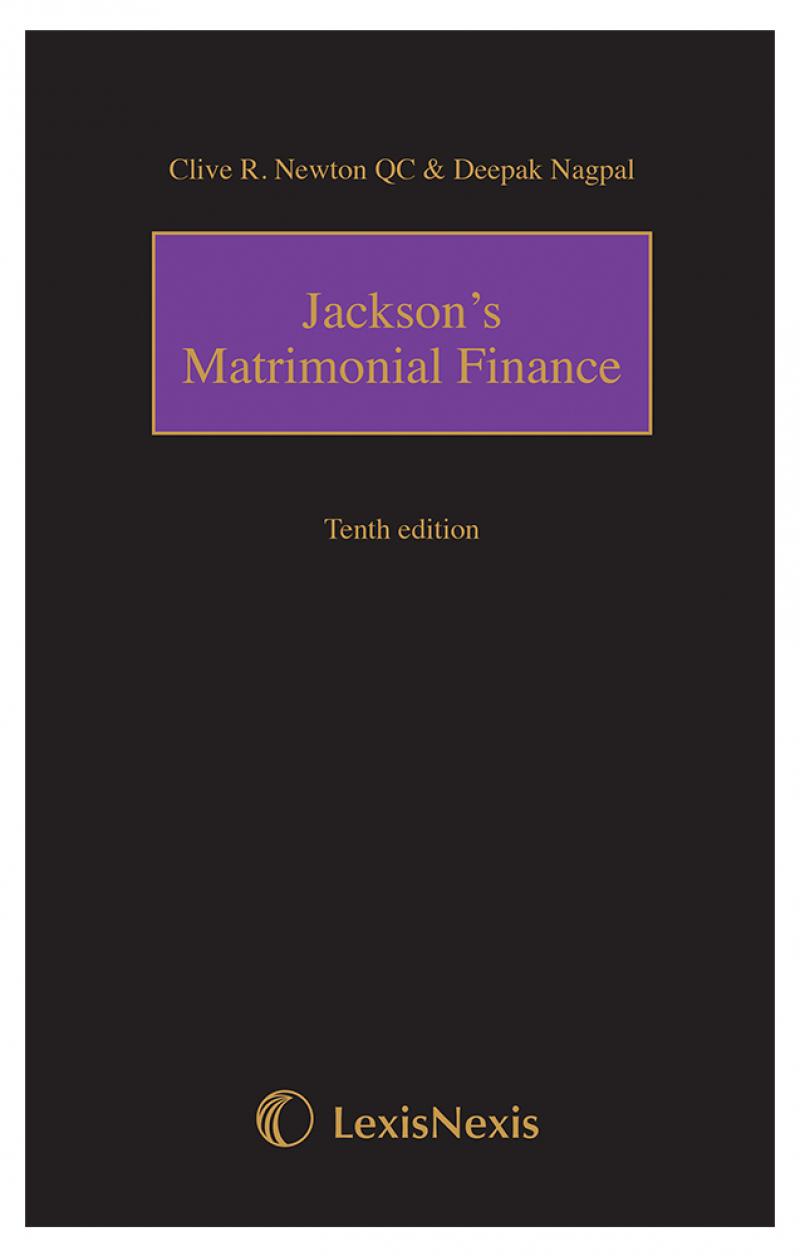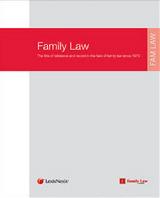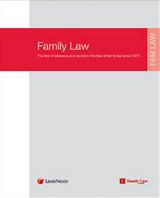family law, financial remedies, material non-disclosure, tax planning, offshore trusts, consent order, President, ultra vires, procedural rules
In the case of
CS v ACS & Anor [2015] EWHC 1005 (Fam) (16 April 2015), the wife has applied to set aside a final order for financial remedies made by consent, on the basis of alleged material non-disclosure.
Whilst the substantive proceedings involve complex issues of tax planning and the variation of offshore trusts, the main issue in this judgment concerns the procedural route(s) available to an applicant who alleges a consent order is tainted by alleged material non-disclosure.
For a long time the respondent had acted in person and had not taken the point that the applicant was seeking to go behind a consent order by way of an application to set aside in circumstances where Para 14.1 of PD30A of FPR 2010 had inserted a provision into the rules:
'The rules in Part 30 and the provisions of this Practice Direction apply to appeals relating to orders made by consent in addition to orders which are not made by consent. An appeal is the only way in which a consent order can be challenged.' (Emphasis added)
The question of the appropriate route to be taken in the light of this change had not been directly considered by the courts since the new rules came into effect. The matter was transferred to the High Court for consideration and was listed before the President, who had previous experience of dealing with this vexed issue in his magisterial review of the authorities in
L v L [2006] EWHC 956 (Fam), [2008] 1 FLR 26.
After surveying the authorities, and accepting he was in a position 'of some delicacy'
, the President ultimately concluded that para 14.1 had been made (by the previous President)
ultra vires. The primary basis for his conclusion was that procedural rules could not fetter the right of an applicant to seek a long-standing remedy (here, set aside), and para 14.1 did so in that, insofar as it insisted on an appeal in every such case, it therefore added a requirement for permission where no such requirement existed
in all such cases before.
In conclusion, therefore, it remains open to a litigant in the family court seeking to challenge a final order made by consent to apply to the level of court which made the consent order, for set aside, including in (but not limited to) cases in which material non-disclosure is alleged. One reason why this is important is because such an applicant will (still, if seeking set aside) not need to persuade the Court that they should have permission to apply. More generally, the case is one of only a small number of instances where a rule or part of a Practice Direction has been declared
ultra vires, and this 'procedural quagmire'
, which para 14.1 had seemingly resolved, is now being considered – once again – by the Family Procedure Rules Committee.
Matthew Brunsdon Tully, a
Family Law barrister at St Johns Chambers, acts for the respondent husband in the case of CS v ACS & Anor [2015] EWHC 1005 (Fam) (16 April 2015). Matthew is due to represent the respondent at a 5-day Final Hearing later this year, which is reserved to the President. The applicant has retained both chancery and family counsel.
This article was originally published on the St John's Chambers
website and has been reproduced here with permission of the copyright owner.











 4 FEB 2025
4 FEB 2025

 3 FEB 2025
3 FEB 2025

 3 FEB 2025
3 FEB 2025

 3 FEB 2025
3 FEB 2025

 3 FEB 2025
3 FEB 2025











Leave a commentOrder by
Newest on top Oldest on top